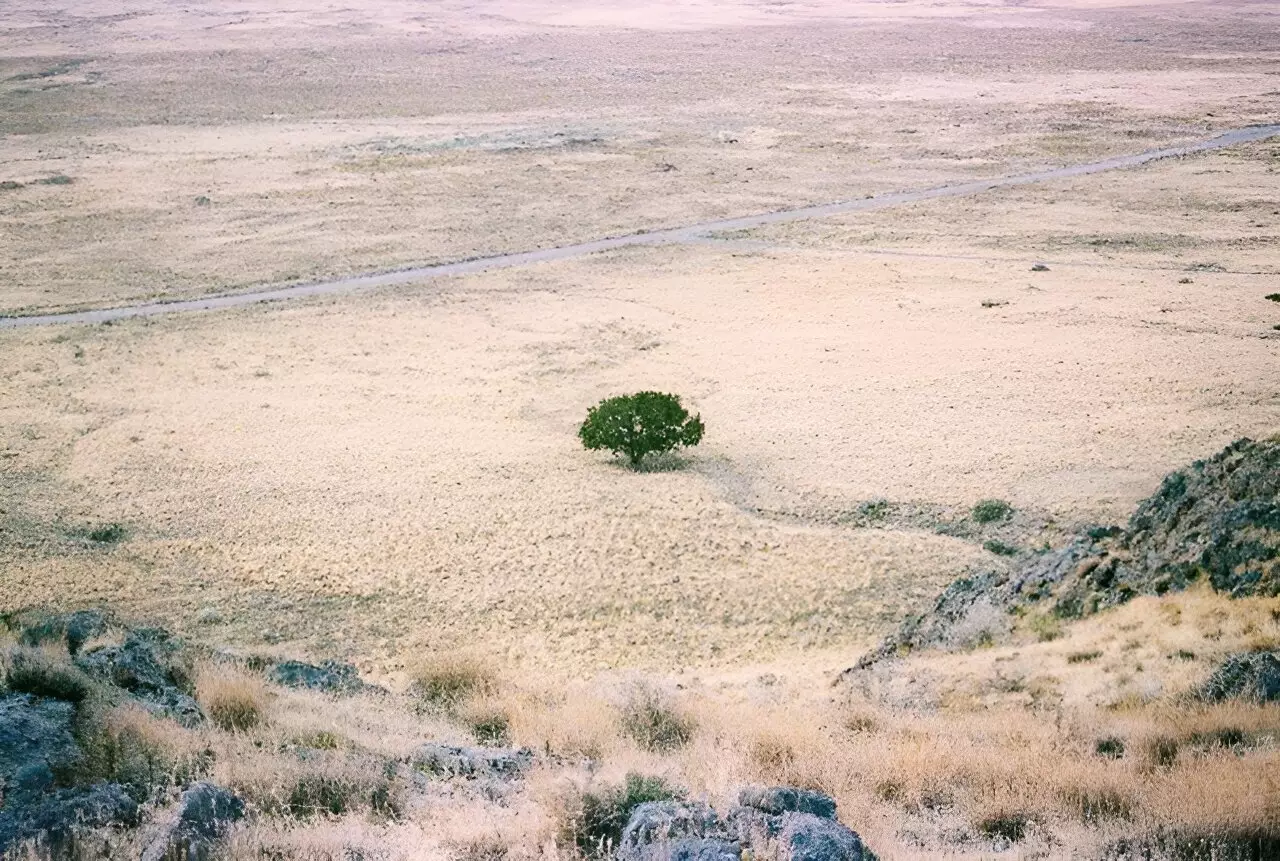As climate change escalates, the frequency and severity of drought conditions are becoming more pronounced, jeopardizing both agricultural sustainability and water resources across the globe. Traditional methods for predicting drought have relied on static indices that often fail to capture the complexities and variability inherent in hydroclimatic systems. Recent research published in *Scientific Reports* portrays a transformative shift towards artificial intelligence (AI) as a powerful tool in significantly improving drought prediction accuracy. This emergent technology not only anticipates the onset of drought but also assists in formulating effective management strategies tailored to specific regional needs.
AI vs. Traditional Drought Indices
The study led by Dr. Mohamed Abdallah, from the University of Sharjah, unveils a critical assessment of conventional drought indices. These indices, which have long served as the backbone for monitoring drought conditions, are increasingly recognized as limited in their scope and effectiveness. Dr. Abdallah articulates the problem, stating that due to the “inherent complexity of drought phenomena,” no singular index can comprehensively monitor drought worldwide. In contrast, the researchers leveraged advanced AI models that utilize historical climate data and soil moisture levels, yielding notably more reliable predictions.
By implementing AI, the researchers demonstrated that these models could effectively correlate with multiple drought indicators, asserting their superiority over traditional methods. This emphasizes not only the inadequacies of past indices but also points towards a future where predictive capabilities can be harnessed for better outcomes in water management.
The implications of this groundbreaking study extend far beyond theoretical advancements in meteorological science. The AI-based drought indices developed by Dr. Abdallah and his team provide a platform for decision-makers, policymakers, and resource managers to strategically address issues related to water scarcity. This heightened foresight into potential drought conditions equips authorities with the necessary information to implement adaptive measures, optimizing water usage and safeguarding agricultural outputs.
Particularly for regions such as the Middle East, which are at a tipping point due to their precarious water resources, the importance of accurate drought predictions cannot be overstated. As Abdulrahman Abdeljaber, a co-author of the study, pointed out, the ability to forecast drought impacts can play a vital role in averting potential socio-economic and geopolitical crises. This insight is crucial given that stability in agricultural production and water management can have far-reaching effects on regional stability.
Enhancing Drought Monitoring Systems
The researchers propose an innovative approach that tailors drought management methodologies based on local environmental conditions and climate data. This nuanced understanding of specific regional contexts enables the development of more effective drought monitoring systems, facilitating early warning mechanisms. Such advancements empower governments, farmers, and rural planners to make informed decisions during periods of reduced water availability.
The intersection of advanced AI technologies with drought monitoring presents an opportunity to revolutionize resource allocation and disaster management strategies. In a climate-driven landscape where water resources are likely to be increasingly strained, these AI tools can serve as essential instruments in ensuring water and food security.
As demonstrated in the studies put forth by the University of Sharjah, the necessity for a paradigm shift in how we assess and manage drought conditions has never been more urgent. The efficiency of AI in drought assessment is a promising step toward developing proactive and resilient agricultural ecosystems. The insights provided by AI technologies equip experts to formulate mitigation strategies that specifically address the challenges faced by water-scarce regions.
This research underscores the invaluable role that AI can play in the future of drought prediction and management. By harnessing data-driven methodologies, stakeholders can enhance their decision-making processes, ensuring a more sustainable approach to combating the ever-looming challenges of drought and water scarcity. The integration of these technologies is more than just an academic exercise; it signifies a transformative journey towards adapting to and navigating the realities of an increasingly uncertain climate.


Leave a Reply